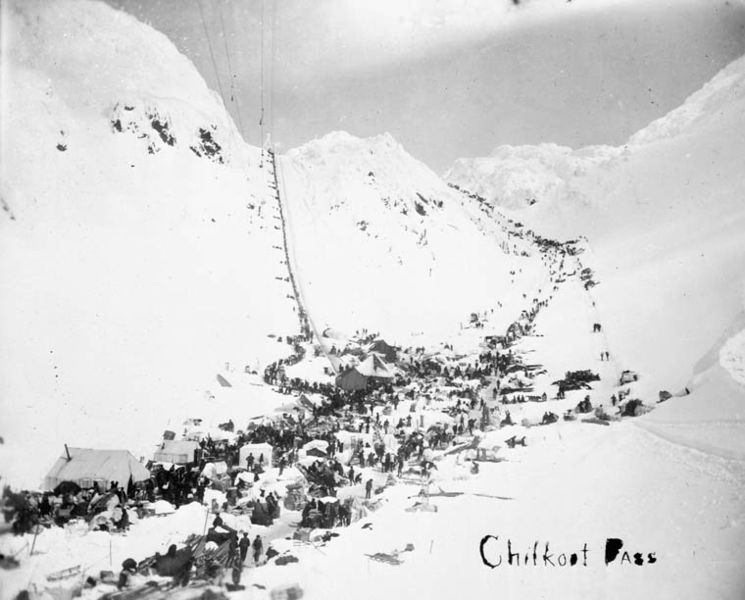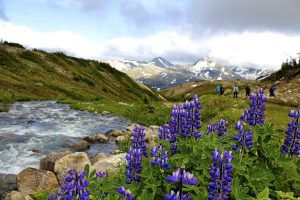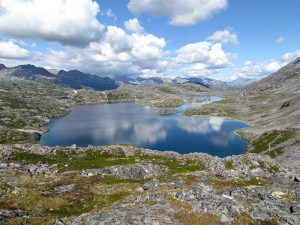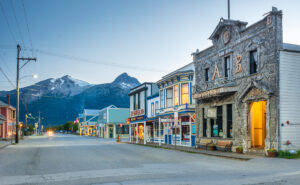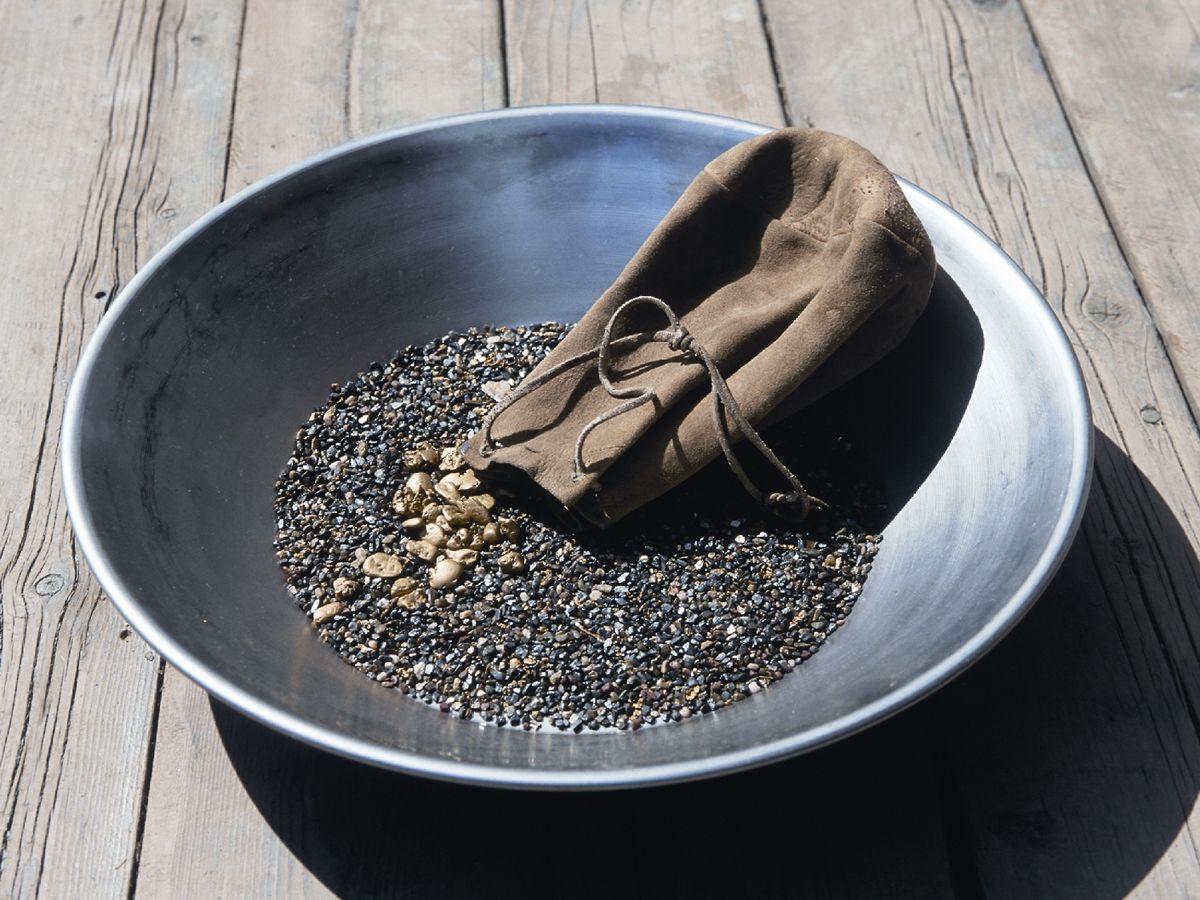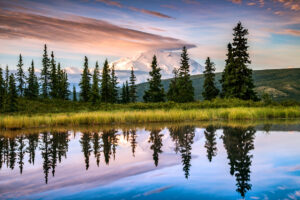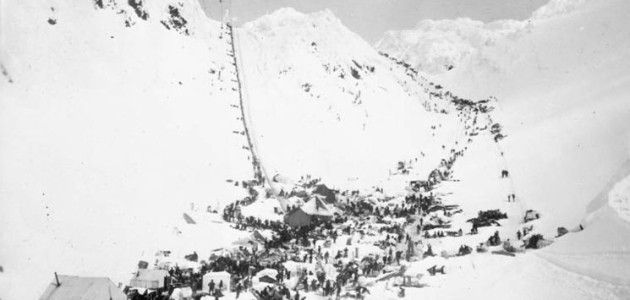
A visit to Skagway, a historic town on the Alaska Panhandle and home to Westmark Inn Skagway, is about as close as you can get to a trip back to the days of the Klondike Gold Rush. Skagway was the place where thousands of hopeful prospectors poured off steamships arriving from Seattle in hopes of striking it rich. The town site has been carefully preserved by the National Park Service to retain its original character. The entire downtown area is part of Klondike Gold Rush National Historical Park, but one of the best things to do in Skagway lies about 10 miles away in the ghost town of Dyea: the Chilkoot Trail.
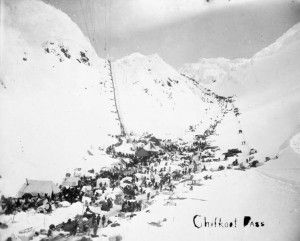
Tlingit traders originally established the Chilkoot Trail before the Klondike’s gold was discovered. Today, hikers interested in the area’s history and scenery can still enjoy it. The Westmark Inn Skagway with its Victorian décor – a tribute to the rich history of the area – is a warm and inviting place to get a good night’s rest before embarking on the Chilkoot Trail hike, a testing journey into Gold Rush history.
Getting to the Chilkoot Trail
The experience begins in Whitehorse, Canada as you drive down through White Pass, a mountain pass connecting the Yukon to Skagway. If you arrive via the Alaska state ferry, your adventure begins at the shores of this picturesque little town. You can also take the White Pass & Yukon Route Railroad – a historic civil engineering landmark constructed into the mountain in 1898 using 450 tons of explosives – and hear stories about the area and its men and women while descending through mind-blowing scenery.
The feeling that you have landed in the 1800s continues as you stroll through the charming streets studded with remnants of the days when gold-hungry miners populated the region. Storefronts and façades in Skagway are either originals from the 19th century or were designed to mimic the style; the mountain peaks surrounding town are a reminder of the risks men took in search of a better life.
Take in the history of Skagway, including several National Park Service-managed facilities scattered around town, to set the stage for your hike before heading out on the trail.
Trail Conditions
The Chilkoot Trail is anything but a stroll in the woods. It is a challenging and often risky hike, suited to physically-fit and experienced hikers. But the trail can also offer an immensely satisfying sense of accomplishment to anyone who finishes the 33-mile length. If you do decide to add the Chilkoot Trail to your travel agenda, some advanced planning is required. Here are some helpful tips to keep in mind when preparing for the trip:
July and August are the best months to schedule this border-crossing trek through the same landscapes Gold Rush stampeders traversed in their search for promised fortunes, as less snow is on the ground and there are fewer mosquitoes.
Even trail runners should plan to spend a minimum of three days on the trail since Chilkoot Pass, the crux of the trail, often takes 12 hours to scale. The route from Sheep Camp (before the pass) to Happy Camp (after the pass) is a distance of only 7.9 miles, but you will find yourself maneuvering through rock, scree and possibly deep snow, depending on the time of year. For current trail conditions check the Chilkoot Trail conditions report.
Since weather on the trail is unpredictable, and any given moment – even in summer – can involve strong winds, snow and whiteout conditions, packing the right clothing and equipment will help you stay dry and warm even in the roughest weather conditions. When putting together your packing list, be sure to include plastic bags for all your packed items, equipment to quickly prepare hot meals and drinks, Moleskin for blister prevention and a water purification kit.
Camping along the Chilkoot is restricted to the designated campgrounds and these must be booked ahead of time. Open fires are not allowed, so a backpacking stove and plenty of fuel will come in handy. Always consider the least experienced hiker in your group when choosing campgrounds, and consider allowing for an extra day and night at Happy Camp, on the other side of the pass, for rest. It’s also a great place to meet and socialize with other hikers and compare tales from the trail.
Most importantly, to really enjoy this once-in-a-lifetime experience, don’t rush to get to the end. Walk slowly and take breaks. The trail, while challenging and long, travels through some of the most beautiful scenery in the world. It will tell the story of the historic Gold Rush days better than any history book ever can. The trail is jointly managed by the National Park Service on the United States’ side of the border and Parks Canada once the trail crosses into Yukon. More information can be found on both organizations’ websites. Permits are required for hiking the trail as the number of hikers on the trail is strictly regulated. Guided hikes of the Chilkoot Trail are also available through local operators.


